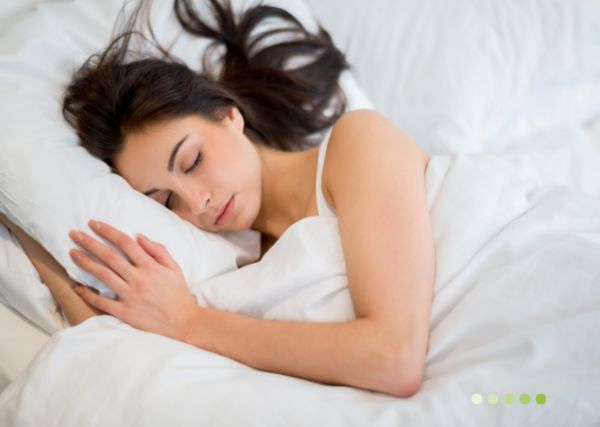
The internet is full of energy hacks.
“Try fasting!” “Put butter in your coffee!” “Take this supplement!”
What if you’ve tried all that — and your doctor has also declared you the healthiest and fittest of specimens?
Yet your energy and focus still aren’t where you want them. Is it time to face the reality that you’ll never feel as zesty or get as much done as you want?
Nope, not quite.
There’s a good chance you haven’t yet explored all of your options. I want to share three unexpected solutions. Experiment with one, two, or all three—and get ready to feel a whole lot better.
#1: Optimize your sleep environment.
Our sleep habits are tied to our physical environment. For instance, do you avoid going to bed at night? Is your bedroom a bit of a dumping ground for junk? Which without you realising reminds you of all the work you have yet to do.
More stress means less sleep!
The thing is…
A relaxing environment is essential for a good night’s rest. People sleep better when their bedroom is optimized for comfort, light, and noise and temperature.
THE EXPERIMENT: Redesign your sleep area.
Think of this experiment in two levels.
Level 1: Declutter.
Marie Kondo, the famous tidying consultant, author, and Netflix star, based her “KonMari” cleaning method on this idea:
You can transform your home into a space of serenity and inspiration just by decluttering.
In addition to helping you sleep, a soothing, restful environment can lead to mental clarity. (Hello, energy you’ve been missing!)
Importantly, your bedroom doesn’t have to reach Kondo-perfection, and you don’t have to do all the cleaning at once. (If you’re completely happy sleeping in a pile of laundry or with your pet tarantula… then enjoy.)
Just commit to tackling one tiny pile of stuff every day.
Level 2: Redecorate your sleep environment.
Once you’ve decluttered, consider setting up your bedroom for optimal sleep. You might want to adjust:
➤ Light levels and quality: Dimmed or red/orange spectrum light (as opposed to bright or blue/green-spectrum light) can help promote sleep and relaxation.
For some people, a night light adds a feeling of safety, making it easier to sleep.
➤ Environmental temperature: In general, body temperature drops during sleep, so having a cool environment is considered sleep-promoting. However, some folks may find warmth more relaxing, and prefer a heated blanket or warm bath before bed.
Again, go with what works for you.
➤ Noise (and silence) levels: Some folks need silence to sleep best. Others find background sounds—like music, storm or songbird playlists, or white noise—more relaxing.
➤ Tactile stimulation: How do you feel about flannelette pyjamas?! A fluffy cat or dog? A body pillow or stuffed animal? A weighted blanket?
Don’t forget: These are all experiments.
Not everyone is the same. Try stuff, and see what works.
If you’re interested in more health and wellbeing tips like these, come and join me on the next My Time for Change® programme.



